Pseudoscience and Deception
The Smoke and Mirrors
of Paranormal Claims
Edited by Bryan Farha
University Press of America, Inc.
Lanham Boulder New York Toronto Plymouth, UK
Copyright 2014 by University Press of America, Inc.
4501 Forbes Boulevard, Suite 200, Lanham, Maryland 20706
UPA Aquisitions Department (301) 459-3366
10 Thornbury Road, Plymouth PL6 7PP, United Kingdom
All rights reserved
Printed in the United States of America
British Library Cataloguing in Publication Information Available
Library of Congress Control Number: 2013954620
ISBN: 978-0-7618-6292-5 (paperback : alk. paper)ISBN: 978-0-7618-6293-2 (electronic)
An earlier version of this work was published as Paranormal Claims: A Critical Analysis in 2007. This new book includes eight new chapters.
 TM The paper used in this publication meets the minimum requirements of American National Standard for Information Sciences Permanence of Paper for Printed Library Materials, ANSI/NISO Z39.48-1992.
TM The paper used in this publication meets the minimum requirements of American National Standard for Information Sciences Permanence of Paper for Printed Library Materials, ANSI/NISO Z39.48-1992.
To the memory of Carl Sagan
Whose presentation of the universe in COSMOS
inspired a significant part of my personal and professional life
Foreword
Michael Shermer
Science and Pseudoscience:
The Difference in Thinking
and the Difference It Makes
Atheists abound in these days and witchcraft is called into question. If neither possession nor witchcraft (contrary to what has been so long generally and confidently affirmed), why should we think that there are devils? If no devils, no God.
So wrote one observer in the seventeenth century, out of religious concern that atheism might ascend to social respectability along with science. The study of demons, witches, and spirits, in fact, took a decidedly empirical turn in the early modern period, along with many other knowledge traditions, with the goal of incorporating its rapidly growing respectability. As a consequence, the lines between science and nonscience grew blurry.
Since the rise of modern science in the sixteenth and seventeenth centuries, attempts to adjudicate the difference between science and other knowledge traditions have always been more than an exercise in academic debate. The religious, political, and social implications of how science is defined, who defines it, and who and what is left out of the definition has been a contentious one. Today, the term pseudoscience is often employed by those in the scientific community to disparage claims to scientific credibility that, in fact, lack evidence or fail to employ the methods of science.
The Demarcation Problem
In the twentieth century the philosophy of science developed into a viable academic discipline, out of which grew attempts to delimit science and nonscience traditions. In The Logic of Scientific Discovery, for example, the philosopher of science Karl Popper identified what he called the problem of demarcation, that is the problem of finding a criterion which would enable us to distinguish between the empirical sciences on the one hand, and mathematics and logic as well as metaphysical systems on the other (Popper, 1934, p. 27). Most scientists and philosophers use induction as the criterion of demarcationif one reasons from particular observations or singular statements to universal theories or general conclusions, then one is doing empirical science. Poppers thesis was that induction does not actually provide empirical proofno matter how many instances of white swans we may have observed, this does not justify the conclusion that all swans are white (p. 34)and that, de facto, scientists actually reason deductively, from the universal and general to the singular and particular. But in rejecting induction as the preferred (by others) criterion of demarcation between science and nonscience, Popper was concerned that his emphasis on deduction would lead to an inevitable fuzziness of the boundary line. If a scientific theory can never actually be proven, then is science no different from other knowledge disciplines?
Poppers solution to the problem of demarcation was the criterion of falsifiability. Theories are never empirically verifiable, but if they are falsifiable then they belong in the domain of empirical science. In other words: I shall not require of a scientific system that it shall be capable of being singled out, once and for all, in a positive sense; but I shall require that its logical form shall be such that it can be singled out, by means of empirical tests, in a negative sense: it must be possible for an empirical scientific system to be refuted by experience (1934, p. 70). The theory of evolution, for example, has been accused by creationists as being nonscientific because no one was there to see it happen and biologists cannot observe it in the laboratory because it takes too long. But, in fact, by Poppers criterion of falsifiability, the theory of evolution would be doomed to the trash heap of bad science if, say, human fossil remains turned up in the same geological bedding planes as 300-million-year-old trilobites. No such falsification of evolution has ever been found, and although by Poppers criterion this does not mean that the theory has been proven absolutely, it does mean that it has yet to be falsified, thus placing it firmly in the camp of solid empirical science.
Science Defended, Science Defined
The evolution-creationism controversy, in fact, has provided both scientific and legal forms of demarcation between science and pseudoscience. It is one thing for academic scientists and philosophers to debate the definition of science; it is another matter when the U.S. Supreme Court weighs in on the issue. Because evolution could not be excluded from public school science classrooms in the early twentieth century, and because the teaching of religious tenets was deemed unconstitutional in a number of state trials in the middle of the twentieth century, in the latter part of the century creationists began to call their doctrines creation-science. Since academic openness calls for a balanced treatment of competing ideas, they argued, creation-science should be taught side by side with evolution-science. In 1982 creationists succeeded in getting passed the Louisiana Balanced Treatment for Creation-Science and Evolution Science Act. In 1985 the law was struck down in the Federal Court of Louisiana, a decision that was appealed to the U.S. Court of Appeals for the Fifth Circuit. In 1986 the U.S. Supreme Court agreed to hear the case, leading to the publication of a remarkable document that clearly and succinctly adjudicated (literally in this case) the difference between science and pseudoscience.
The document was an amicus curiae brief submitted to the court on behalf of seventy-two Nobel laureates in science, seventeen state academies of science, and seven other scientific organizations. The amicus brief begins by offering a general definition, Science is devoted to formulating and testing naturalistic explanations for natural phenomena. It is a process for systematically collecting and recording data about the physical world, then categorizing and studying the collected data in an effort to infer the principles of nature that best explain the observed phenomena. Next, the scientific method is discussed, beginning with the collection of facts, the data of the world. The grist for the mill of scientific inquiry is an ever increasing body of observations that give information about underlying facts. Facts are the properties of natural phenomena. The scientific method involves the rigorous, methodical testing of principles that might present a naturalistic explanation for those facts (1986, p. 23).

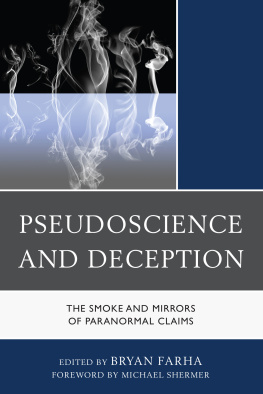
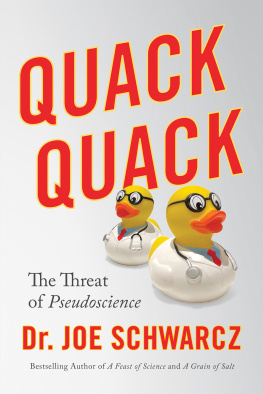
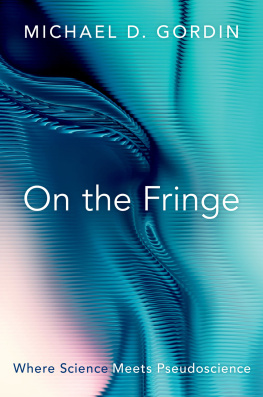

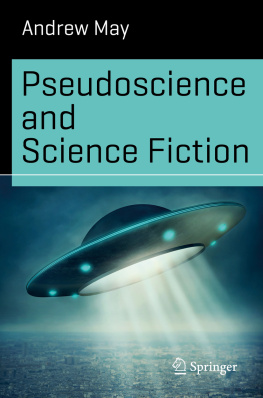
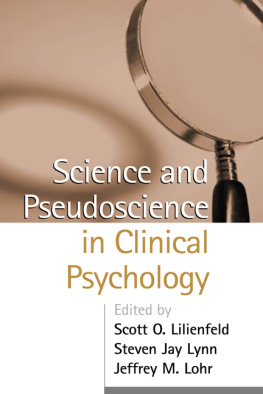
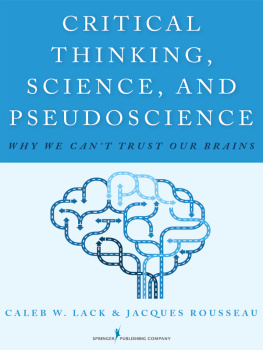

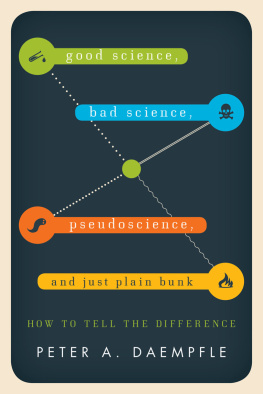
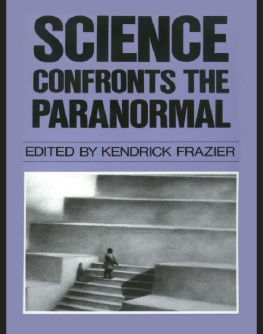
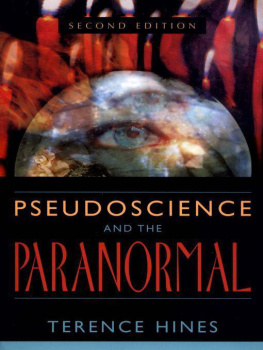
 TM The paper used in this publication meets the minimum requirements of American National Standard for Information Sciences Permanence of Paper for Printed Library Materials, ANSI/NISO Z39.48-1992.
TM The paper used in this publication meets the minimum requirements of American National Standard for Information Sciences Permanence of Paper for Printed Library Materials, ANSI/NISO Z39.48-1992.